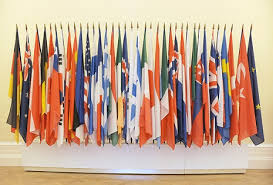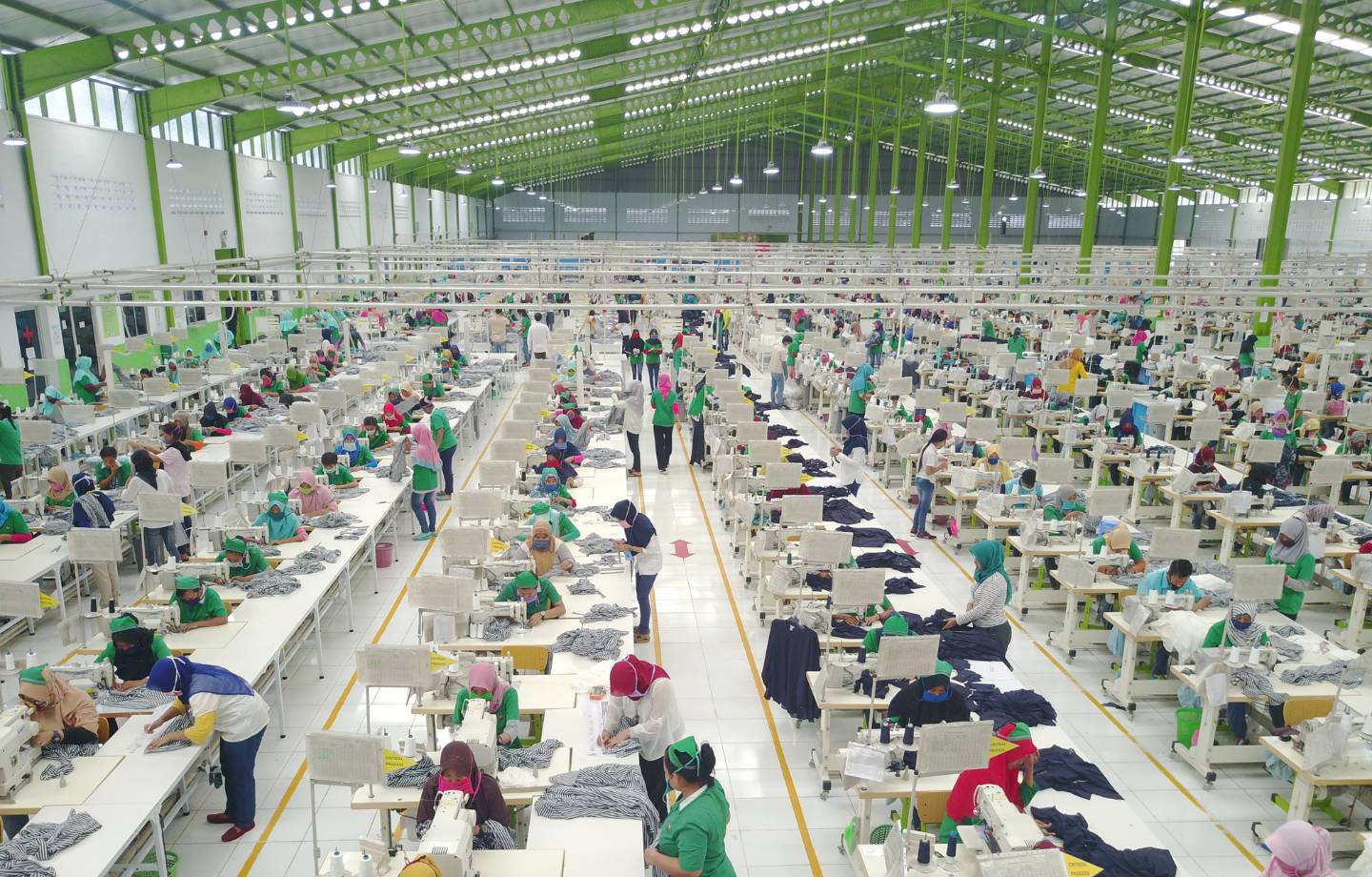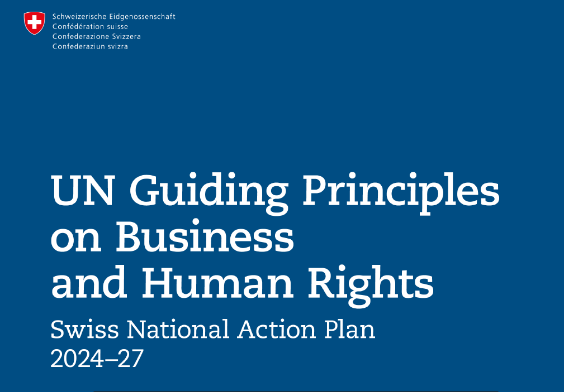NYU Stern Center for Business and Human Rights Comments on the OECD Due Diligence Guidance on Responsible Supply Chains in the Garment and Footwear Sector

October 22, 2015
Jennifer Schappert
Responsible Business Conduct Unit
OECD
2, rue André Pascal
75775 Paris Cedex 16
Dear Ms. Schappert,
Thank you for the invitation to provide comments on the draft “OECD Due Diligence Guidance on Responsible Supply Chains in the Garment and Footwear Sector.” I also was pleased to attend the consultation in Paris earlier this month.
Our Center’s perspective and approach emphasizes the need for industry-specific, standards-based models for advancing human rights in business. In this context, the OECD’s draft guidance for the garment and footwear sector is a welcome development. Companies in all sectors should adhere to common standards on human rights that are rooted in the specific experience of their business models.
Our comments focus on section two of the draft guidance in two areas: 1) gaining full visibility in to the supply chain, and 2) prioritizing high risk areas first. We support the draft’s emphasis on tackling the most important problems and identifying the full scope of supply chains challenges. We believe both areas would be made even more effective if applied at the sector or country level, rather than confined to individual enterprises.
In Step 2.1, the draft calls on companies to map their suppliers at every stage of production, including subcontractors (emphasis added). As our own research confirms, sub-tier suppliers present the greatest risk for human rights violations and should be the subject of urgent action by the institutions – companies, governments, unions, financial institutions, civil society – that seek to ensure that everyone enjoys the benefits of a globalized economy.
The challenge of the draft guidance is that it assumes that individual companies can and will make visible their sub-tier suppliers. This is a faulty premise because of the tension between visibility and responsibility. Companies alone are not prepared to identify the full scope of production in sub-tier suppliers because they fear that they will be held responsible for every problem they discover in this high-risk part of the chain. If you think you’ll be responsible for fixing whatever you find, you don’t try to find very much.
The guidance would be more effective if it called on companies to work together with other stakeholders to identify the full scope of production in a particular sector or country. This isn’t to say that brands have no responsibility to know where their products are being manufactured or for addressing poor working conditions in those facilities. Over the last 20 years, the anti-sweatshop movement has effectively and justifiably convinced brands to acknowledge responsibility for working conditions in their supplier factories. But governments, civil society organizations, labor unions, governments, journalists, and academic institutions also have an essential role to play in increasing transparency around global supply chains.
In Bangladesh, for example, we estimate that three million workers are excluded from foreign fashion brands’ programs to upgrade factory safety. These workers are producing for the export market, but are not employed in factories with direct relationships with brands. In addressing the needs of these workers, local suppliers, foreign governments, and the World Bank should join global brands in committing resources to respond to the real challenges.
In Step 2.4, the draft guidance calls on companies to “prioritise risks of severe adverse-impacts first” (emphasis added). We agree with the guidance to companies that they should tackle the most essential challenges, rather than those that are easiest or most accessible. Some participants in the consultation expressed a view that calling on companies to confront high-risk issues could discourage them from taking any action at all. We disagree.
Companies’ responsibility to respect human rights, especially in weak states, should be understood in a broader context of extending the benefits of globalization to the workers and communities who make it possible. This demands a problem-solving approach, wherein companies work with other stakeholders to tackle the adverse impacts of their industries. We are sympathetic to the view that taking on severe adverse impacts is intimidating for a single company. In this context, we would like to see the guidance call on groups of companies operating in the same industry, region, or country to adopt common approaches to adverse impacts.
Thank you again for the opportunity to provide comments and we look forward to the next iteration of the guidance.
Sincerely,
Sarah Labowitz
Co-director and Research Scholar
 Global Labor
Global Labor


